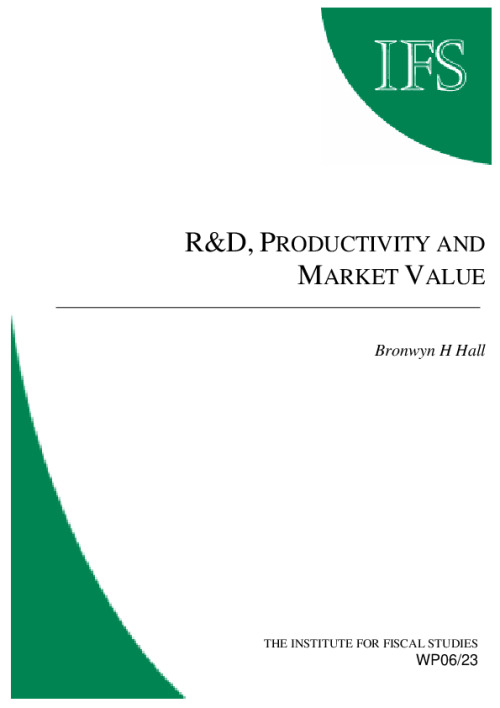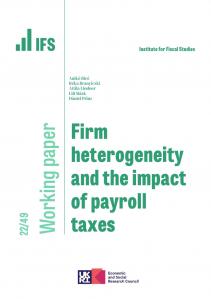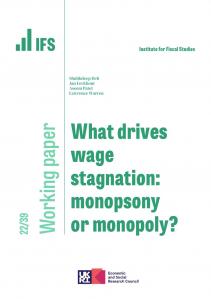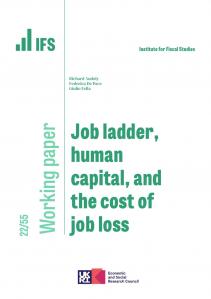Measuring the private returns to R&D requires knowledge of its private depreciation or obsolescence rate, which is inherently variable and responds to competitive pressure. Nevertheless, most of the previous literature has used a constant depreciation rate to construct R&D capital stocks and measure the returns to R&D, a rate usually equal to 15 per cent. In this paper I review the implications of this assumption for the measurement of returns using two different methodologies: one based on the production function and another that uses firm market value to infer returns. Under the assumption that firms choose their R&D investment optimally, that is, marginal expected benefit equals marginal cost, I show that both estimates of returns can be inverted to derive an implied depreciation rate for R&D capital. I then test these ideas on a large unbalanced panel of US manufacturing firms for the years 1974 to 2003. The two methods do not agree, in that the production function approach suggests depreciation rates near zero (or even appreciation) whereas the market value approach implies depreciation rates ranging from 20 to 50 per cent, depending on the period. The concluding section discusses the possible reasons why this is true.










